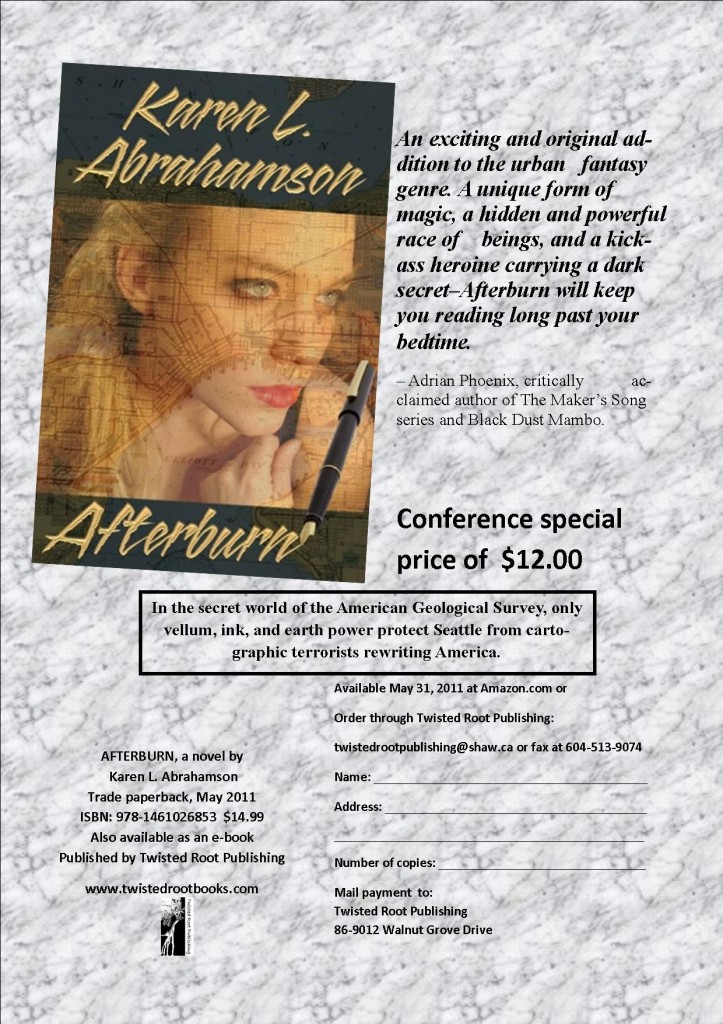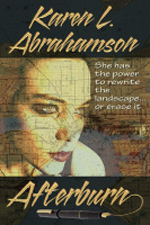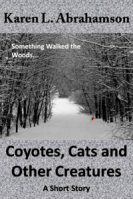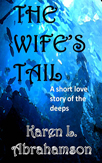Free Fiction
A new, ongoing feature of my website is a free fiction page that will offer free short stories and/or novel chapters. For the first free fiction, here is my Short Story The Wife’s Tail.
The Miscellaneous File: What else you can do to get your books to market?
To recap this series to date, I’ve talked about blogs and a little about reviews. We’ve heard about using social media with the caution that none of these should take time away from your writing, and we’ve also discussed books and branding and getting ready for the market. Sounds like we we’ve covered a lot, but there are still a few other things that an indie publisher can do to help get their books to market. That’s what this blog is about.
First of all, I’m going to say that although e-books seem the major way authors/indie publishers are going to get their books to readers, they should not forget the opportunity to create print publications. I refer you to my blog HERE, for options about Print on Demand (POD), and just to recap, it is not that difficult to create a print book if you are prepared to learn the software to do it.
So first let’s talk about some of the other no-cost/low-cost things you can do to encourage people to buy your e-books:
1. Write good books. I know this seems self-evident, but writing good books and writing lots of them is a critical way to become known. Think about it as in terms of the laws of chance. If you have one book up online there is far less chance that people will discover you, than if you have ten or fifteen. So focusing on writing good books for your market (under one name—for each pseudonym you need to do the same) is a critical piece of your marketing.

2. Create good covers. This means studying the covers of best sellers in your genre and picking out the things that you think will sell your book. It means finding strong images for your covers because these are the first things that prospective readers see.
3. Write good blurbs/back cover copy. This is the second thing that readers see about your book. Is it interesting? Is it active? Does it raise a question a potential reader might want answered?
4. Within your e-book whether short story or novel, include links to other writing you have for sale. This can be as simple as listing other stories/novels available for sale. It would be better if you included links in the story that will take the reader directly to the other story/novel, so that the reader has the fewest number of clicks necessary to purchase your other material.
5. Include excerpts. This is something I am just starting to do. This means including the first chapter or two of another, similar novel/story, so that the reader can sample it. Hopefully you have good openings and the reader will come to the end of the sample and want to read on. There’s where you insert the link(s) to where the reader can purchase the other book.
6. Loss leaders. If you have short stories that either include the characters in your novel , or are in a similar vein to your novel (e.g. same world, or genre), you can try putting the short story up for free with the free excerpt to the novel attached. A number of friends are finding good success with this. Similarly, if you are writing a series and have the second or third (or fourth etc.) novel coming out, you can sell the first novel in the series at a cheaper price for a limited time.
7. Free Fiction on your website. You can also put short stories like loss leaders up on your website to encourage people to come and read, and then purchase other writing through links on your website.
8. Book cards. (okay, this involves some upfront money, but I still thought I’d include it.) This is a relatively new idea that hasn’t been put in place too much yet, but it involves having gift cards printed for your book and packaged in such a way that they can be sold in book stores. A Canadian company is experimenting with this as are a couple of professional writers I know. These cards can also serve as loss leaders that could be sent to book bloggers or reviewers, or they could be given for free at conferences, or they could be marketed in books stores.
So those are some of the things you can do to market e-books. For POD there are another few options, but these options generally require you to have more than a few books available.
1. Create advertisements for books. If any of you have been at Science Fiction conventions, you’ll recall how there are tables with fliers about upcoming or available books. You can do this too, by emulating book advertisements in magazines or publisher’s catalogues. If you have mastered the process of creating a book for POD, you can certainly create a book flier. These can be distributed at conferences or other book fair events you attend.

2. Use your local libraries. Often libraries like to support local writers. Approach them about ordering your books. Alternatively offer to donate some.
3. Take advantage of opportunities at conferences etc. to sell your books and promote yourself. If there are opportunities to sell your books then make copies available for sale. Have fliers of your soon-to-be-available books to pique people’s interest. Get on speaker’s lists to talk about your books or related topics and be gracious and interesting when you talk.
4. Approach local bookstores to determine their interest in local authors. I know of at least one local chain that has a policy of supporting local writers and carrying their books. Make sure they know about your work. Take them samples. Which brings to me the biggy:
5. Create a publisher’s catalogue of work available. This includes all the books available from your indie publishing company. Usually this should be at least ten different novels and anthologies. (Remember, you can create anthologies from your short stories, including the freebies.) This means that you create a full color booklet that can be distributed to bookstores locally or even farther afield either through hand delivery or mail out. The big thing here, like with covers, is to ensure your catalogue is professional looking and clearly spells out how and where to find your in-print books.
So those are some options for indie publishers to market their books, whether e-books or print. I haven’t tried them all, but I’m working on it. So what other strategies have you tried and how have they worked for you?
Social Media and Marketing your e-Published Book
Which social media do you prefer and what success have you experienced with it? Last Post I said that we’d start to explore social media and how to make it work for you. When I consider social media and on-line marketing there are four basic areas to discuss:
- Facebook/Google+
- Websites and blogs
- Author opportunities on Amazon.com, Pubit and Goodreads amidst others.
In addition there are other opportunities such as interviews/blog tours and UTube, however I recently saw an amazing graphic that shows the immense possibilities available for social marketing (click here). All of these are built on a key concept we discussed last week, namely the importance of social networking.
 Marketing on social networks requires you to first of all to focus on also being social. To help with introducing this subject, successful self-publisher, Joshua Graham, provided these insights about his experience building from a newly published book to a best seller. He provides a good introduction to what social marketing requires.
Marketing on social networks requires you to first of all to focus on also being social. To help with introducing this subject, successful self-publisher, Joshua Graham, provided these insights about his experience building from a newly published book to a best seller. He provides a good introduction to what social marketing requires.
1. You’ve talked about using social media for promoting yourself and your books. Can you tell me what social media you’ve used and what have you used them for? E.g. do you only use social media for your writing, or are you involved with the various forms for other social purposes?
I have Facebook accounts, fan pages for my pen names and books, as well as twitter accounts. I mostly use them for marketing my work.
Do you have those for each of your pseudonyms and each book?
That is correct. For now, with only 2 novels and 2 pen names, it’s manageable.
2. How have you used each type of social media (e.g. Twitter, Facebook, Goodreads, Amazon book groups, etc.) to promote your writing? E.g. announcing new publications, pushing your books (if so, how?)
Twitter is still a bit of a mystery to me, but I’m learning. I’ve used Facebook to find readers and let them know about my books, reviews, interviews, awards, and honors. All of these help build my internet presence and create a platform. As this platform grows, there will be more of an audience for future releases.
To find readers, I basically went to various special interest pages on Facebook such as Amazon, Barnes & Noble, etc., engaged in discussions and “friended” anyone who seemed like they might be interested in my books. Also, based on the reactions (comments, “likes”) to my book posts, I “friended” those people as well.
 3. Did you have a social media presence before you began promoting your books?
3. Did you have a social media presence before you began promoting your books?
Not really. I had a personal Facebook page, but I really began marketing under my pen name when my ebooks first became available.
4. How often are you on the various social media sites? What time commitment does social media involve a week? (What did you devote to it?)
Probably a bit more than I should be. I spend several hours each week on Facebook, and often when I’m feeling a bit unfocused in my writing, I hang out there more doing marketing and communicating with my fans.
5. Have you tracked which social media sites have had the greatest impact on your sales? If so, which ones have you found most effective?
It’s hard to draw a direct correlation (esp. with Twitter) but I have definitely found Facebook the most effective way for now. Even that is reaching a limit, so I’ll need to explore other venues for marketing too.
6. Are there actions you would recommend for writers venturing into marketing on social media and, conversely, are there actions that you would recommend writers avoid?
There’s no one way that works for everyone. Definitely, write the best book you can. Get some good reviews and use them to talk about your book. I find that if you start giving away a lot of free ebooks (short stories, or even novels) on a regular basis, you’ll develop an appreciative and loyal following.
Then when you release a new book, they as your fans will be very enthusiastic and hopefully talk about it on their social networks as well. I would avoid over-saturating certain fan pages with ads. Be aware of the culture and rules of each fan page or message board. If you fall out of favor, it will harm rather than help your marketing efforts.
7. What would you recommend to the writer who has little to no previous experience with social media?
Get started! Learn your way around and find your own social media voice. Have a personality online that people can identify with. And most of all, be a giver. Give your readers and fan something of value. If they perceive you as a taker–someone who just wants them to buy your book, they will be turned off and you will become noise to them.
A big thanks to Joshua for sharing his insights. And just to reinforce what he has said, as an author he has focused on his marketing, but he has done so through becoming involved with communities within the social media.
A similar story can be found if you look at the process John Locke used to become a best seller, however his preferred social media was Twitter. So it seems that both social media can be successful; you just need to decide which you prefer and determine how to make it work for you. That’s what we’ll talk about next time  out.
out.
So I’ll repeat my question here: which social media do you prefer and what success have you experienced with it?
I look forward to hearing from you!











